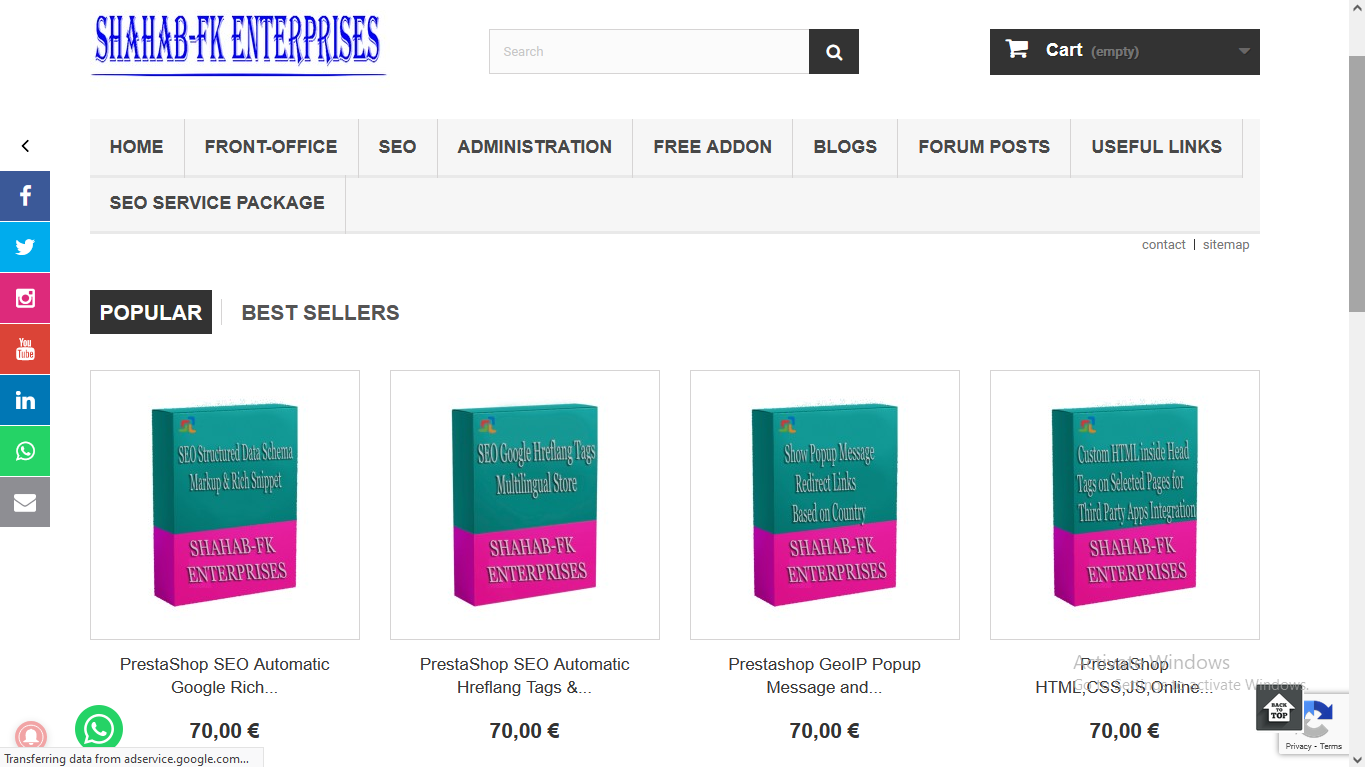PrestaShop is a popular open-source e-commerce platform that allows you to create and manage an online store. It supports multiple languages, and you can configure the language selector settings to enable visitors to switch between different languages on your store. Please note that the user interface and settings might change in future versions of PrestaShop, so it’s always a good idea to check the official documentation or the latest version for the most up-to-date instructions.
To configure the language selector settings in PrestaShop, follow these steps:
- Log in to your PrestaShop back office as an administrator.
- In the left-hand sidebar, navigate to “International” and then click on “Languages.”
- In the “Languages” section, you will see a list of all the languages currently installed in your PrestaShop store. If you need to add a new language, you can do so by clicking the “Add new” button at the top right corner.
- To enable a language for your store, find the language you want to enable in the list and click on the arrow icon next to it to expand its options.
- Here, you can configure the language settings for that specific language. Some of the settings you can customize include:
- Enable or disable the language for the front office (storefront).
- Enable or disable the language for the back office (admin area).
- Set the language’s ISO code and language code (e.g., en for English).
- Choose the language’s locale.
- Set the date format and numeric format for the language.
- Select the country association for the language (if applicable).
- Customize the translation if necessary.
- After adjusting the settings to your preferences, click the “Save” button to apply the changes.
- To configure the language selector block on your store’s front end, go to “Modules” and then “Module Catalog” in the back office.
- Look for the “Block Languages” module and make sure it’s installed and enabled. If it’s not installed, you can install it by clicking on the “Install” button.
- Once the “Block Languages” module is installed and enabled, you can configure its settings by clicking on the “Configure” button.
- In the module settings, you can choose the layout of the language selector block, the display style (flags, dropdown, or list), and other customization options.
- Save your changes, and the language selector block will now be visible on your store’s front end, allowing visitors to switch between the enabled languages.
Remember that your theme might also impact the appearance and behavior of the language selector block. Some themes may have their own language selector settings or might require additional customizations to integrate the language selector properly.
Always test your language selector thoroughly after making changes to ensure it works as expected for your customers. If you encounter any issues or need further assistance, consider consulting the official PrestaShop documentation or community forums for more support.

